Source(google.com.pk)
Try to imagine a world without Walt Disney. A world without his magic, whimsy, and optimism. Walt Disney transformed the entertainment industry, into what we know today. He pioneered the fields of animation, and found new ways to teach, and educate.
Walt's optimism came from his unique ability to see the entire picture. His views and visions, came from the fond memory of yesteryear, and persistence for the future. Walt loved history. As a result of this, he didn't give technology to us piece by piece, he connected it to his ongoing mission of making life more enjoyable, and fun. Walt was our bridge from the past to the future.
During his 43-year Hollywood career, which spanned the development of the motion picture industry as a modern American art, Walter Elias Disney established himself and his innovations as a genuine part of Americana.
A pioneer and innovator, and the possessor of one of the most fertile and unique imaginations the world has ever known. Walt Disney could take the dreams of America, and make them come true. He was a creator, a imaginative, and aesthetic person. Even thirty years after his death, we still continue to grasp his ideas, and his creations, remembering him for everything he's done for us.
Walt Disney in his office © Disney
Walter Elias Disney was born on December 5, 1901 in Chicago Illinois, to his father, Elias Disney, an Irish-Canadian, and his mother, Flora Call Disney, who was of German-American descent. Walt was one of five children, four boys and a girl.
Later, after Walt's birth, the Disney family moved to Marceline, Missouri. Walt lived out most of his childhood here. Walt had a very early interest in drawing, and art. When he was seven years old, he sold small sketches, and drawings to nearby neighbors. Instead of doing his school work Walt doodled pictures of animals, and nature. His knack for creating enduring art forms took shape when he talked his sister, Ruth, into helping him paint the side of the family's house with tar.
Close to the Disney family farm, there were Santa Fe Railroad tracks that crossed the countryside. Often Walt would put his ear against the tracks, to listen for approaching trains. Walt's uncle, Mike Martin, was a train engineer who worked the route between Fort Madison, Iowa, and Marceline. Walt later worked a summer job with the railroad, selling newspapers, popcorn, and sodas to travelers.
During his life Walt would often try to recapture the freedom he felt when aboard those trains, by building his own miniature train set. Then building a 1/8-scale backyard railroad, the Carolwood Pacific or Lilly Bell.
Besides his other interests, Walt attended McKinley High School in Chicago. There, Disney divided his attention between drawing and photography, and contributing to the school paper. At night he attended the Academy of Fine Arts, to better his drawing abilities.
Walt discovered his first movie house on Marceline's Main Street. There he saw a dramatic black-and-white recreation of the crucifixion and resurrection of Christ.
During these "carefree years" of country living young Walt began to love, and appreciate nature and wildlife, and family and community, which were a large part of agrarian living. Though his father could be quite stern, and often there was little money, Walt was encouraged by his mother, and older brother, Roy.
Even after the Disney family moved to Kansas City, Walt continued to develop and flourish in his talent for artistic drawing. Besides drawing, Walt had picked up a knack for acting and performing. At school he began to entertain his friends by imitating his silent screen hero, Charlie Chaplin. At his teachers invitation, Walt would tell his classmates stories, while illustrating on the chalk board. Later on, against his fathers permission, Walt would sneak out of the house at night to perform comical skits at local theaters.
During the fall of 1918, Disney attempted to enlist for military service. Rejected because he was under age, only sixteen years old at the time. Instead, Walt joined the Red Cross and was sent overseas to France, where he spent a year driving an ambulance and chauffeuring Red Cross officials. His ambulance was covered from stem to stern, not with stock camouflage, but with Disney cartoons.
Once he returned from France, he wanted to pursue a career in commercial art, which soon lead to his experiments in animation. He began producing short animated films for local businesses, in Kansas City. By the time Walt had started to create The Alice Comedies, which was about a real girl and her adventures in an animated world, Walt ran out of money, and his company Laugh-O-Grams went bankrupted. Instead of giving up, Walt packed his suitcase and with his unfinished print of The Alice Comedies in hand, headed for Hollywood to start a new business. He was not yet twenty-two.
The early flop of The Alice Comedies inoculated Walt against fear of failure; he had risked it all three or four times in his life. Walt's brother, Roy O. Disney, was already in California, with an immense amount of sympathy and encouragement, and $250. Pooling their resources, they borrowed an additional $500, and set up shop in their uncle's garage. Soon, they received an order from New York for the first Alice in Cartoonland(The Alice Comedies) featurette, and the brothers expanded their production operation to the rear of a Hollywood real estate office. It was Walt's enthusiasm and faith in himself, and others, that took him straight to the top of Hollywood society.
Although, Walt wasn't the typical Hollywood mogul. Instead of socializing with the "who's who" of the Hollywood entertainment industry, he would stay home and have dinner with his wife, Lillian, and his daughters, Diane and Sharon. In fact, socializing was a bit boring to Walt Disney. Usually he would dominate a conversation, and hold listeners spellbound as he described his latest dreams or ventures. The people that where close to Walt were those who lived with him, and his ideas, or both.
On July 13, 1925, Walt married one of his first employees, Lillian Bounds, in Lewiston, Idaho. Later on they would be blessed with two daughters, Diane and Sharon . Three years after Walt and Lilly wed, Walt created a new animated character, Mickey Mouse.
His talents were first used in a silent cartoon entitled Plane Crazy. However, before the cartoon could be released, sound was introduced upon the motion picture industry. Thus, Mickey Mouse made his screen debut in Steamboat Willie, the world's first synchronized sound cartoon, which premiered at the Colony Theater in New York on November 18, 1928.
Walt with many plush Mickey Mouse Dolls
© Disney
Walt's drive to perfect the art of animation was endless. Technicolor was introduced to animation during the production of his Silly Symphonies Cartoon Features. Walt Disney held the patent for Technicolor for two years, allowing him to make the only color cartoons. In 1932, the production entitled Flowers and Trees won Walt the first of his studio's Academy Awards. In 1937, he released The Old Mill, the first short subject to utilize the multi-plane camera technique.
On December 21, 1937, Snow White and the Seven Dwarfs, the first full-length animated musical feature, premiered at the Carthay Theater in Los Angeles. The film produced at the unheard cost of $1,499,000 during the depths of the Depression, the film is still considered one of the great feats and imperishable monuments of the motion picture industry. During the next five years, Walt Disney Studios completed other full-length animated classics such as Pinocchio, Fantasia, Dumbo, and Bambi.
Walt rarely showed emotion, though he did have a temper that would blow over as it blew up. At home, he was affectionate and understanding. He gave love by being interested, involved, and always there for his family and friends. Walt's daughter, Diane Disney Miller, once said:
Daddy never missed a father's function no matter how I discounted it. I'd say,"Oh, Daddy, you don't need to come. It's just some stupid thing." But he'd always be there, on time.
Probably the most painful time of Walt's private life, was the accidental death of his mother in 1938. After the great success of Snow White and the Seven Dwarfs, Walt and Roy bought their parents, Elias and Flora Disney, a home close to the studios. Less than a month later Flora died of asphyxiation caused by a faulty furnace in the new home. The terrible guilt of this haunted Walt for the rest of his life.
In 1940, construction was completed on the Burbank Studio, and Disney's staff swelled to more than 1,000 artists, animators, story men, and technicians. Although, because of World War II 94 percent of the Disney facilities were engaged in special government work, including the production of training and propaganda films for the armed services, as well as health films which are still shown through-out the world by the U.S. State Department. The remainder of his efforts were devoted to the production of comedy short subjects, deemed highly essential to civilian and military morale.
Disney's 1945 feature, the musical The Three Caballeros, combined live action with the cartoon animation, a process he used successfully in such other features as Song of the South and the highly acclaimed Mary Poppins. In all, more than 100 features were produced by his studio.
Walt's inquisitive mind and keen sense for education through entertainment resulted in the award-winning True-Life Adventure series. Through such films as The Living Desert, The Vanishing Prairie, The African Lion, and White Wilderness, Disney brought fascinating insights into the world of wild animals and taught the importance of conserving our nation's outdoor heritage.
Walt Disney's dream of a clean, and organized amusement park, came true, as Disneyland Park opened in 1955. As a fabulous $17-million magic kingdom, soon had increased its investment tenfold, and by the beginning of its second quarter-century, had entertained more than 200 million people, including presidents, kings and queens, and royalty from all over the globe.
Baby Animations Baby Animals Pictures Wallpaper With Their Mothers Names Clipart Coloring Pages Cute Cartoon Photos
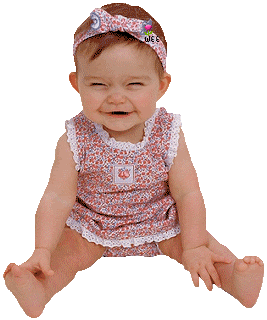
Baby Animations Baby Animals Pictures Wallpaper With Their Mothers Names Clipart Coloring Pages Cute Cartoon Photos

Baby Animations Baby Animals Pictures Wallpaper With Their Mothers Names Clipart Coloring Pages Cute Cartoon Photos
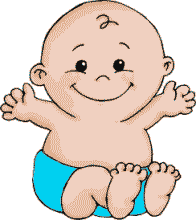
Baby Animations Baby Animals Pictures Wallpaper With Their Mothers Names Clipart Coloring Pages Cute Cartoon Photos
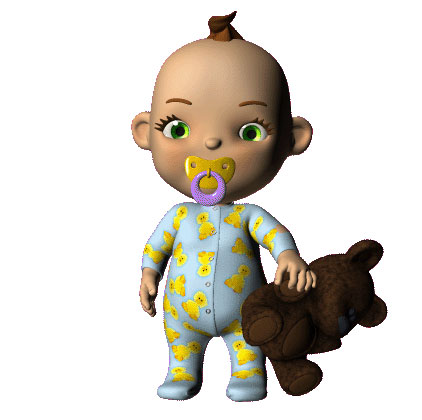
Baby Animations Baby Animals Pictures Wallpaper With Their Mothers Names Clipart Coloring Pages Cute Cartoon Photos

Baby Animations Baby Animals Pictures Wallpaper With Their Mothers Names Clipart Coloring Pages Cute Cartoon Photos
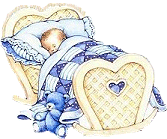
Baby Animations Baby Animals Pictures Wallpaper With Their Mothers Names Clipart Coloring Pages Cute Cartoon Photos
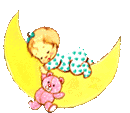
Baby Animations Baby Animals Pictures Wallpaper With Their Mothers Names Clipart Coloring Pages Cute Cartoon Photos
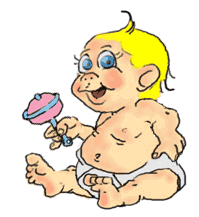
Baby Animations Baby Animals Pictures Wallpaper With Their Mothers Names Clipart Coloring Pages Cute Cartoon Photos
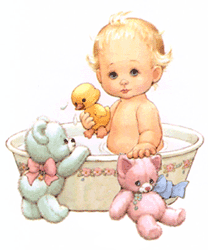
Baby Animations Baby Animals Pictures Wallpaper With Their Mothers Names Clipart Coloring Pages Cute Cartoon Photos
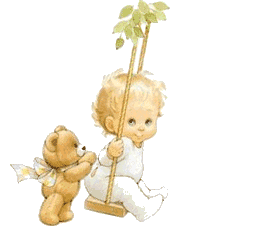
Baby Animations Baby Animals Pictures Wallpaper With Their Mothers Names Clipart Coloring Pages Cute Cartoon Photos
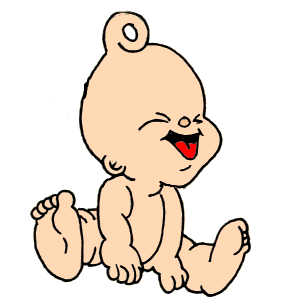
Baby Animations Baby Animals Pictures Wallpaper With Their Mothers Names Clipart Coloring Pages Cute Cartoon Photos

Baby Animations Baby Animals Pictures Wallpaper With Their Mothers Names Clipart Coloring Pages Cute Cartoon Photos

Baby Animations Baby Animals Pictures Wallpaper With Their Mothers Names Clipart Coloring Pages Cute Cartoon Photos
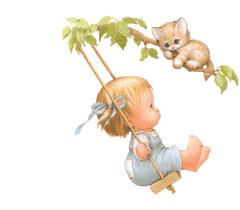
Baby Animations Baby Animals Pictures Wallpaper With Their Mothers Names Clipart Coloring Pages Cute Cartoon Photos
No comments:
Post a Comment